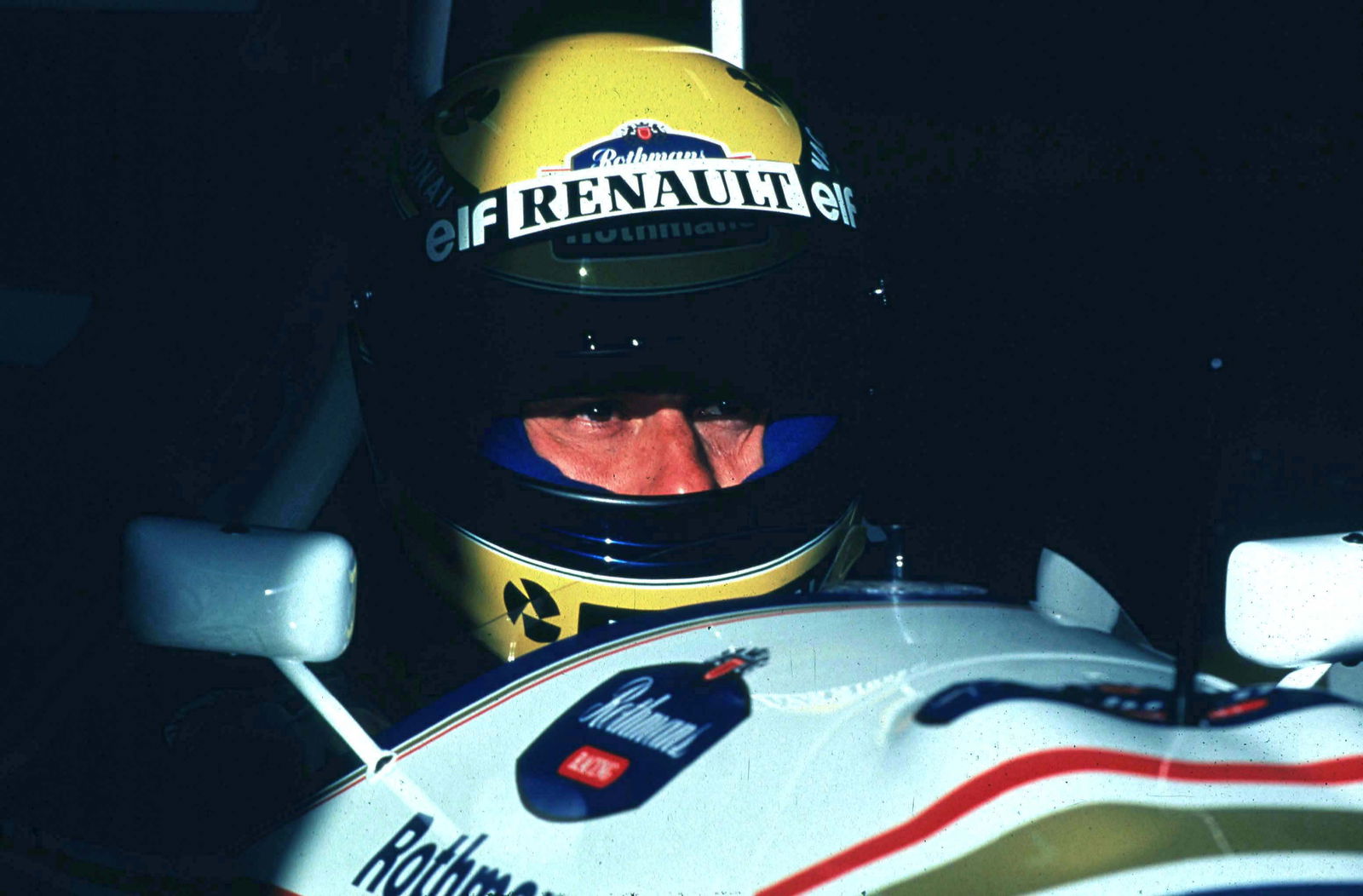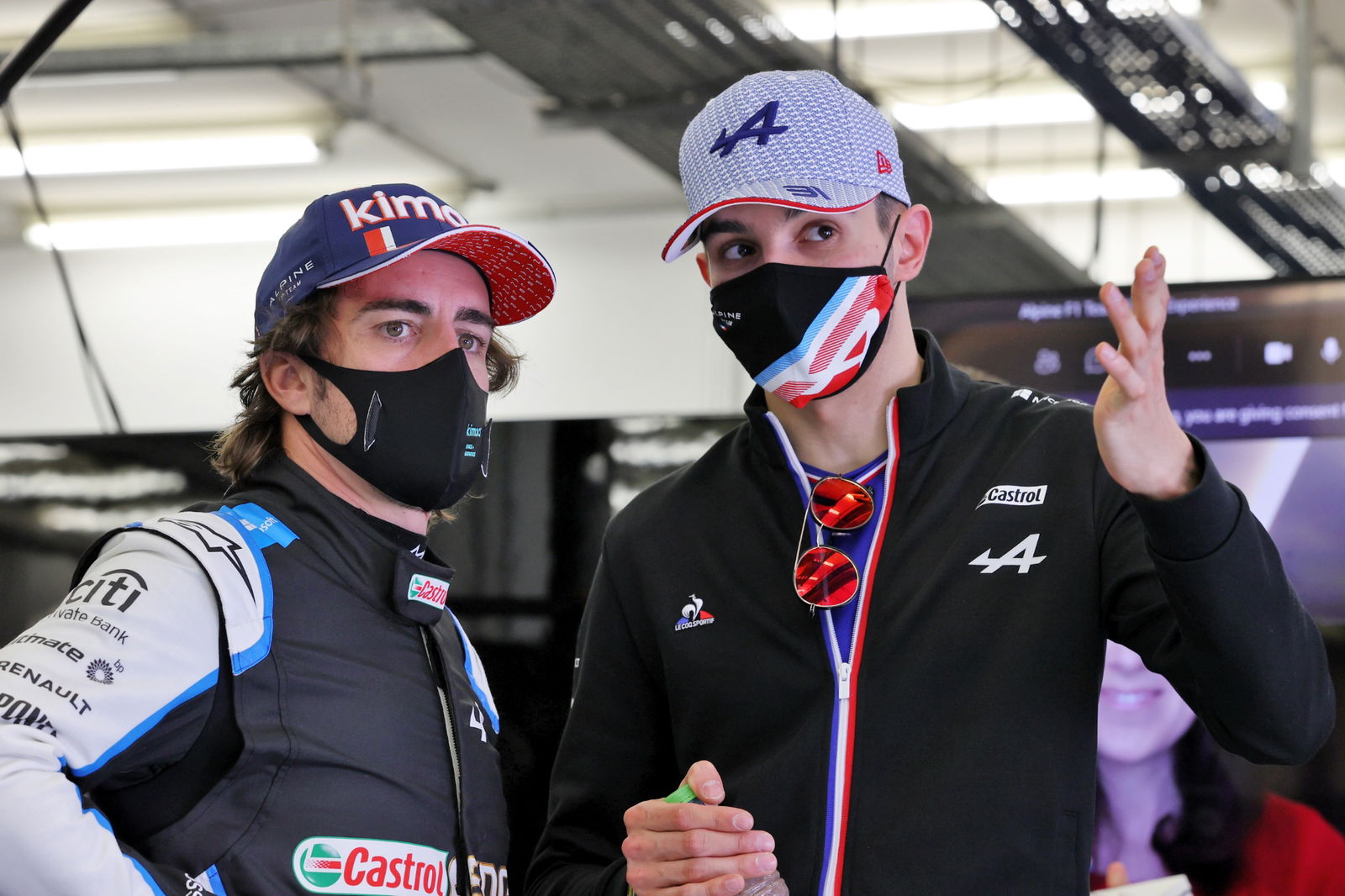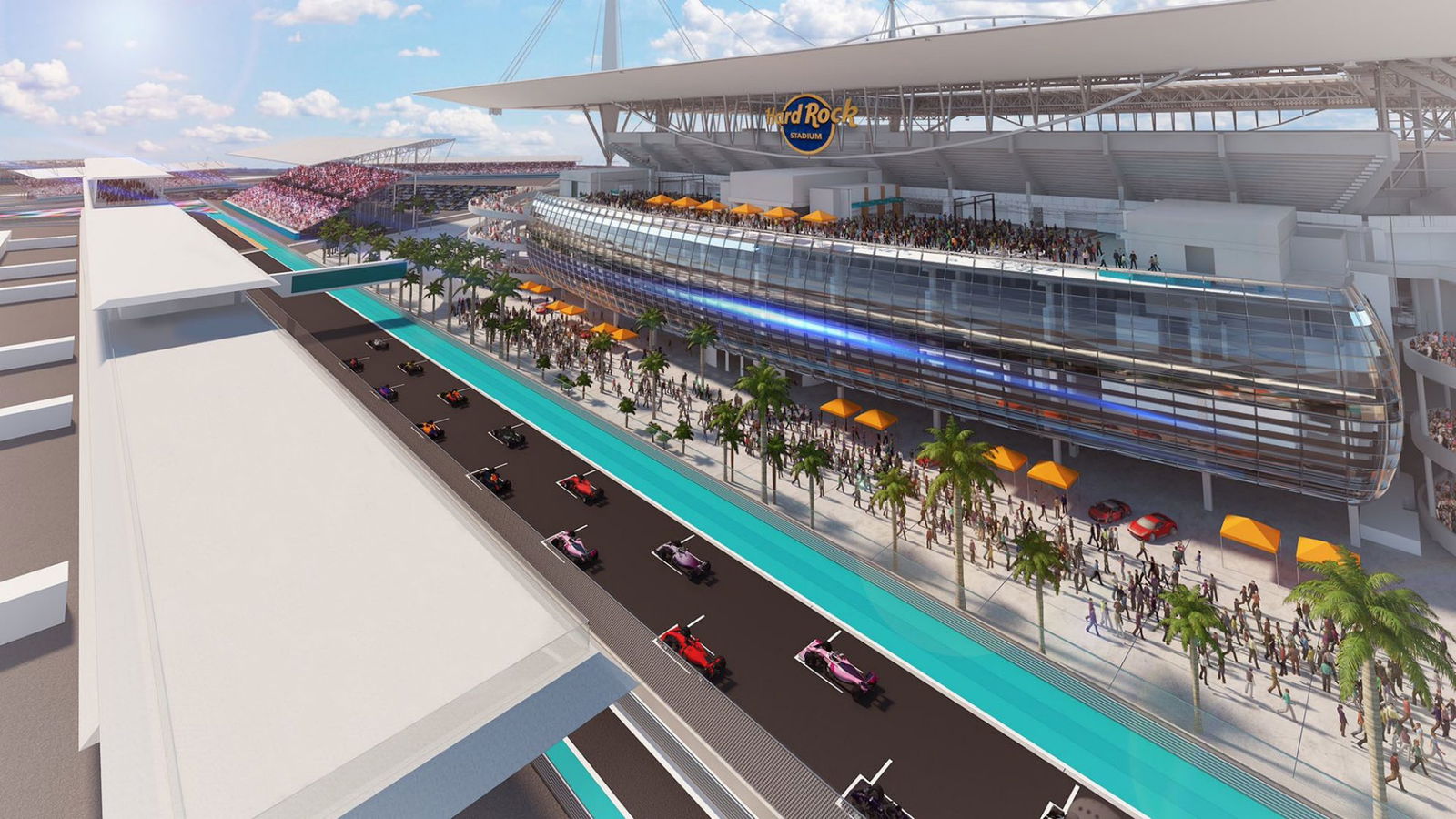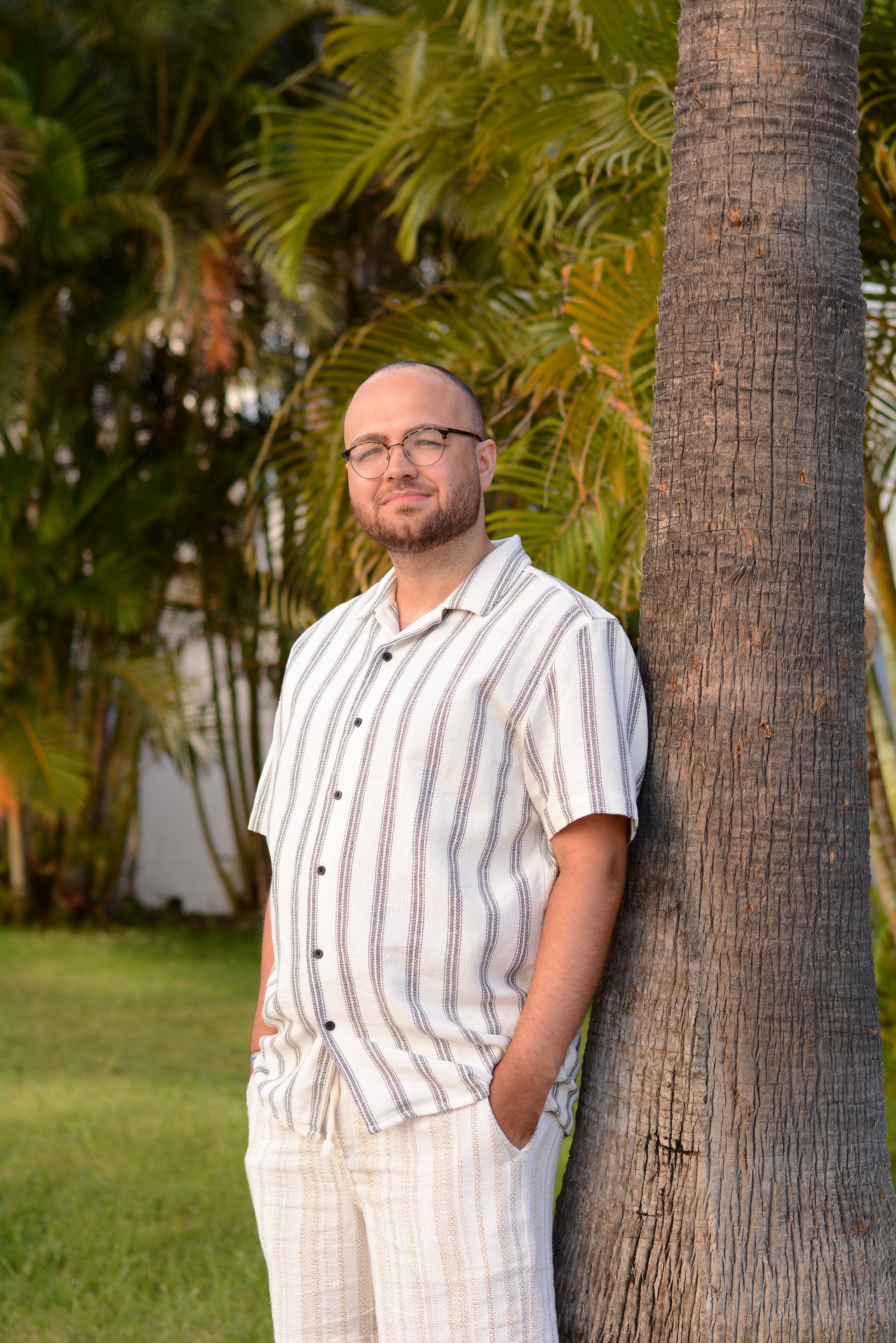Ayrton Senna's legacy and the impact of F1's darkest weekend at Imola

The events of 1994 changed Formula 1 forever as Roland Ratzenberger and Ayrton Senna tragically lost their lives at Imola.
On May 1, 2025, it was the 31-year anniversary of Senna's death.
Benetton’s early edge
Benetton’s Michael Schumacher arrived in San Marino with a maximum 20 points to his name following back-to-back victories. Conversely, Senna failed to finish or score points in the opening two rounds as life at Williams started poorly following his switch from McLaren.
The controversy was already building with Senna adamant Benetton was using an illegal traction control system, with electronic driver aids banned for 1994.
With a chip on his shoulder and a 20-point deficit to make up on Schumacher at Imola, Senna had to fight back…
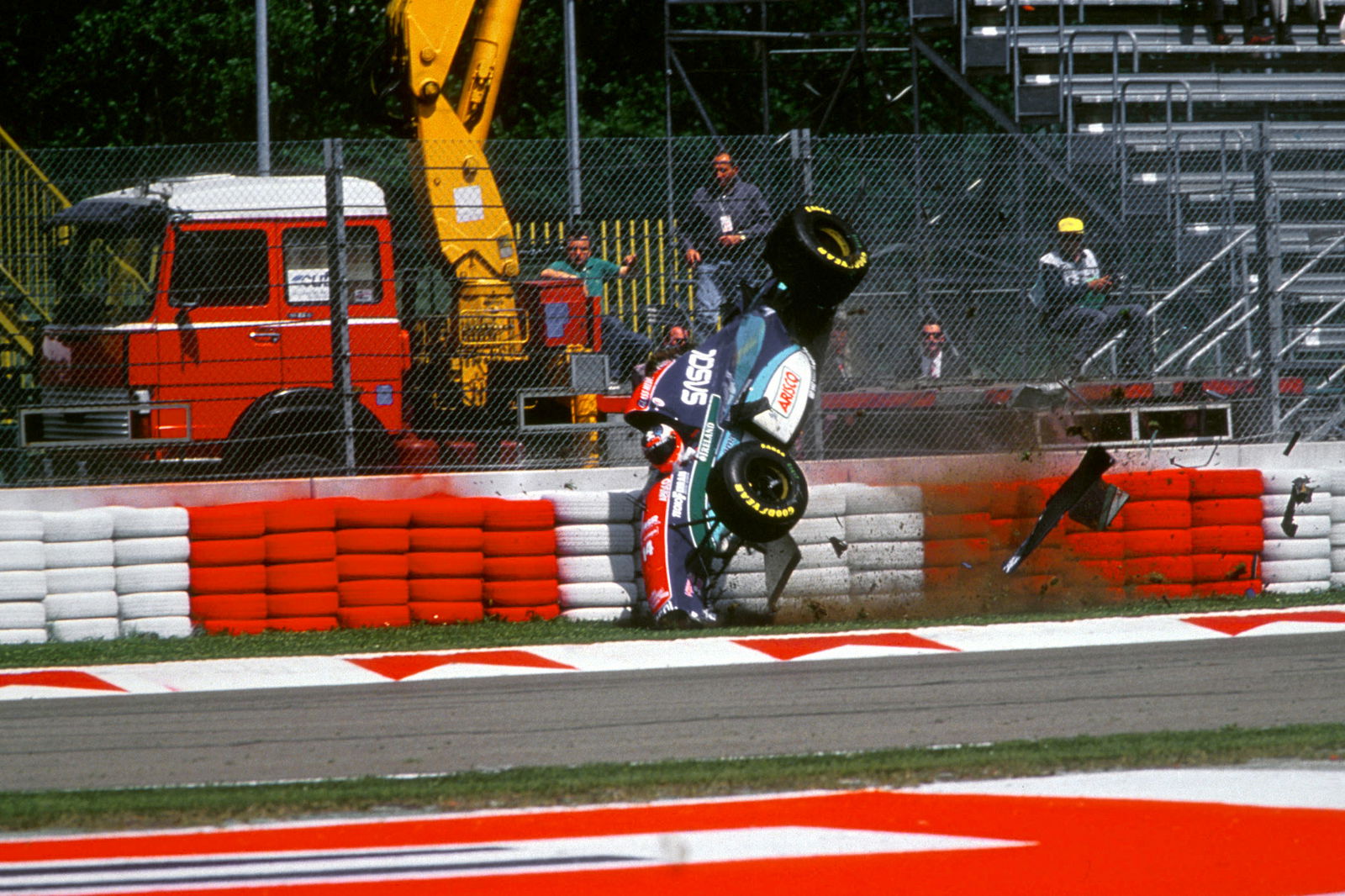
Barrichello sets the tone for F1’s darkest weekend
A young Rubens Barrichello headed to Imola following a remarkable start to the 1994 season.
Fourth on home soil in Brazil was followed up with a maiden podium in Japan - confidence was high for Barrichello as he sat second in the championship.
In the first of two qualifying sessions, Barrichello hit the kerb at the Variante Bassa corner on his second lap at 225 km/h, launching him into the air.
Barrichello smashed into the top of the tyre barrier and was knocked unconscious by an impact measured at 95G.
Professor Sid Watkins and his medical team quickly made their way to Barichello’s stricken Jordan - a cut to his face and a broken nose the state of his injuries.
When qualifying resumed, Olivier Beretta spun backwards into the wall at the same corner where Barrichello crashed, climbing out of his Larrousse unhurt.
F1 miraculously escaped its first tragic accident since 1982, but it had only escaped it for a day more.

Tragedy strikes on qualifying day
After failing to secure a drive with Jordan in 1991, Austrian driver Roland Ratzenberger made his F1 debut three years later for the Simtek outfit.
The Austrian finished fifth in the 1993 Le Mans 24 Hours before making the move to F1 alongside David Brabham - the son of three-time Formula One world champion Jack.
As the second qualifying session of the weekend at Imola began, Ratzenberger took to the track as he looked to make the grid for Sunday’s race.
Approximately 20 minutes into the session, he went off the track at the Acqua Minerale chicane, damaging his front wing in the process.
Ratzenberger didn’t return to the pits as he looked to secure a grid spot for Sunday’s grand prix.
On the approach to the Villeneuve Corner, his front wing appeared to give way. He failed to turn into the corner and crashed into the outside concrete wall at 314 km/h.
The strength of the crash forced the front wheel to penetrate his Simtek cockpit, leaving him with severe head injuries.
The seriousness of the impact was apparent as Ratzenberger was quickly surrounded by Watkins and his medical staff.
Several minutes after arrival at the Maggiore Hospital in Bologna, Ratzenberger was pronounced dead - the official cause, a basilar skull fracture.
Roland’s death marked the first since 1982 when Riccardo Paletti was killed at the Canadian Grand Prix.
A timely reminder, 12 years on, F1 was still dangerous.
The first fatal accident in years had hit the paddock hard, leading to the drivers agreeing to the reformation of the Grand Prix Drivers' Association, with Senna, Schumacher and Gerhard Berger as its first directors.
A devastating day at Imola, but no one could have predicted what would happen 24 hours later.
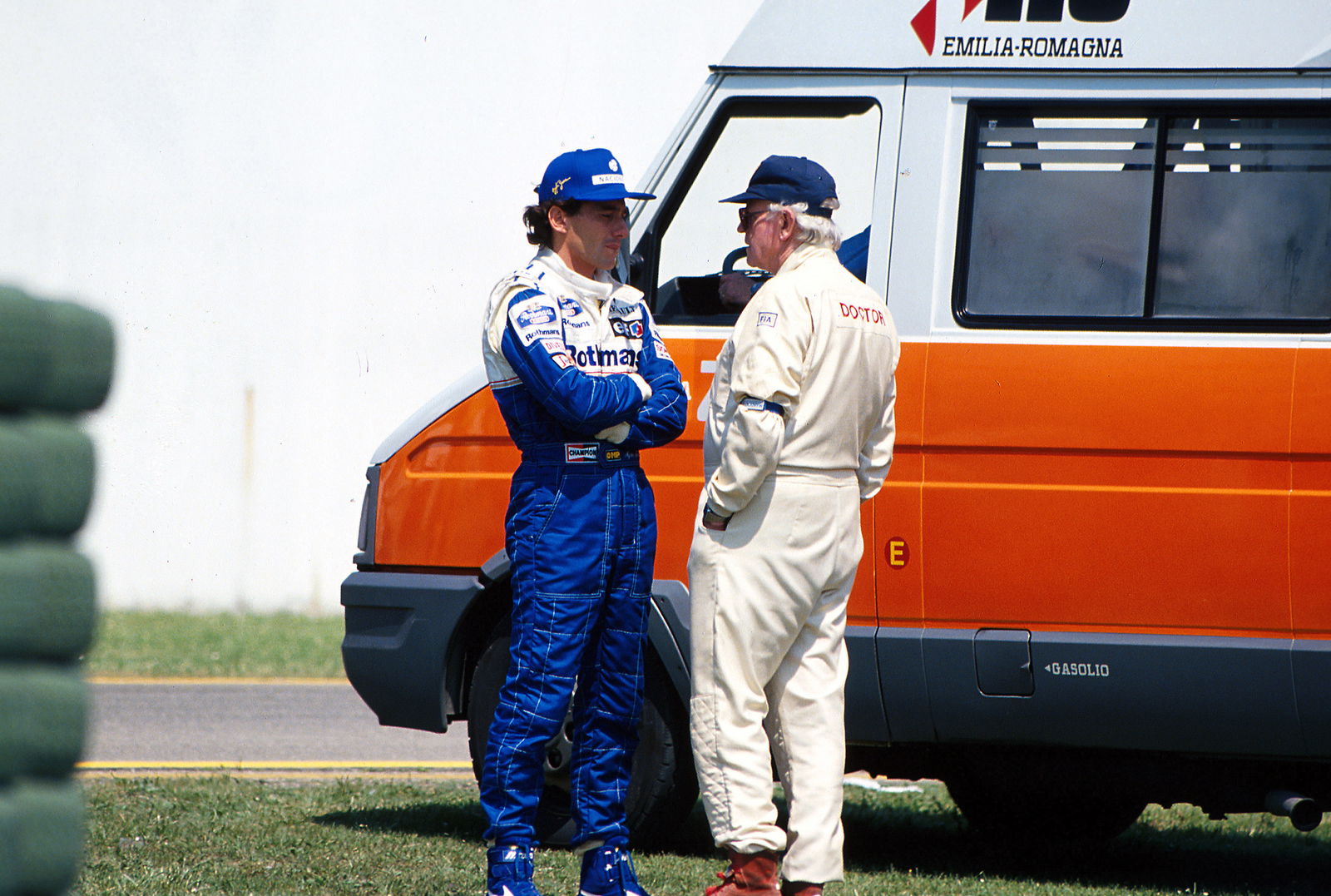
"This is the blackest day for Grand Prix racing that I can remember"
"What else do you need to do? You have been world champion three times, you are obviously the quickest driver. Give it up and let's go fishing," Watkins told Senna after Ratzenberger's accident.
Senna replied: "Sid, there are certain things over which we have no control. I cannot quit, I have to go on."
And Senna would go on as he looked to convert pole position into his first win for Williams.
The 1994 San Marino Grand Prix restarted on Lap 5 after Pedro Lamy ran into the back of the stalled Benetton of JJ Lehto.
Senna maintained the lead ahead of Schumacher with the pair streaking ahead at the front of the field.
On Lap 7, on the approach to the Tamburello left-hander, Senna couldn’t make the turn in his Williams, running off into the wall at a speed of 211 km/h.
Still to this day, there are varying theories as to what caused Senna’s accident at Tamburello.
Schumacher, who had been running right behind Senna, said: “I saw that Senna’s car was touching the track at the back quite a lot on the lap before. It was very nervous in that corner, and he nearly lost it.
“Then on the next time through he did lose it. The car just touched the track with the rear skids, went a bit sideways, and then he just lost it.”
Senna was lifted from his Williams 15 minutes after his crash as the race was red-flagged.
The racing world had stopped, waiting for news, and it didn’t come.
The race resumed 37 minutes after Senna’s accident as Schumacher claimed his third win in a row ahead of Ferrari's Nicola Larini.
Unaware of Senna’s condition, Schumacher added after the race: "I can't feel satisfied, I can't feel happy," given the events of the Imola weekend.
Over two hours after Schumacher took the chequered flag, doctors announced Senna had died.
"This is the blackest day for Grand Prix racing that I can remember," legendary BBC commentator Murray Walker said.
A dark day for F1, but one that changed the sport forever.
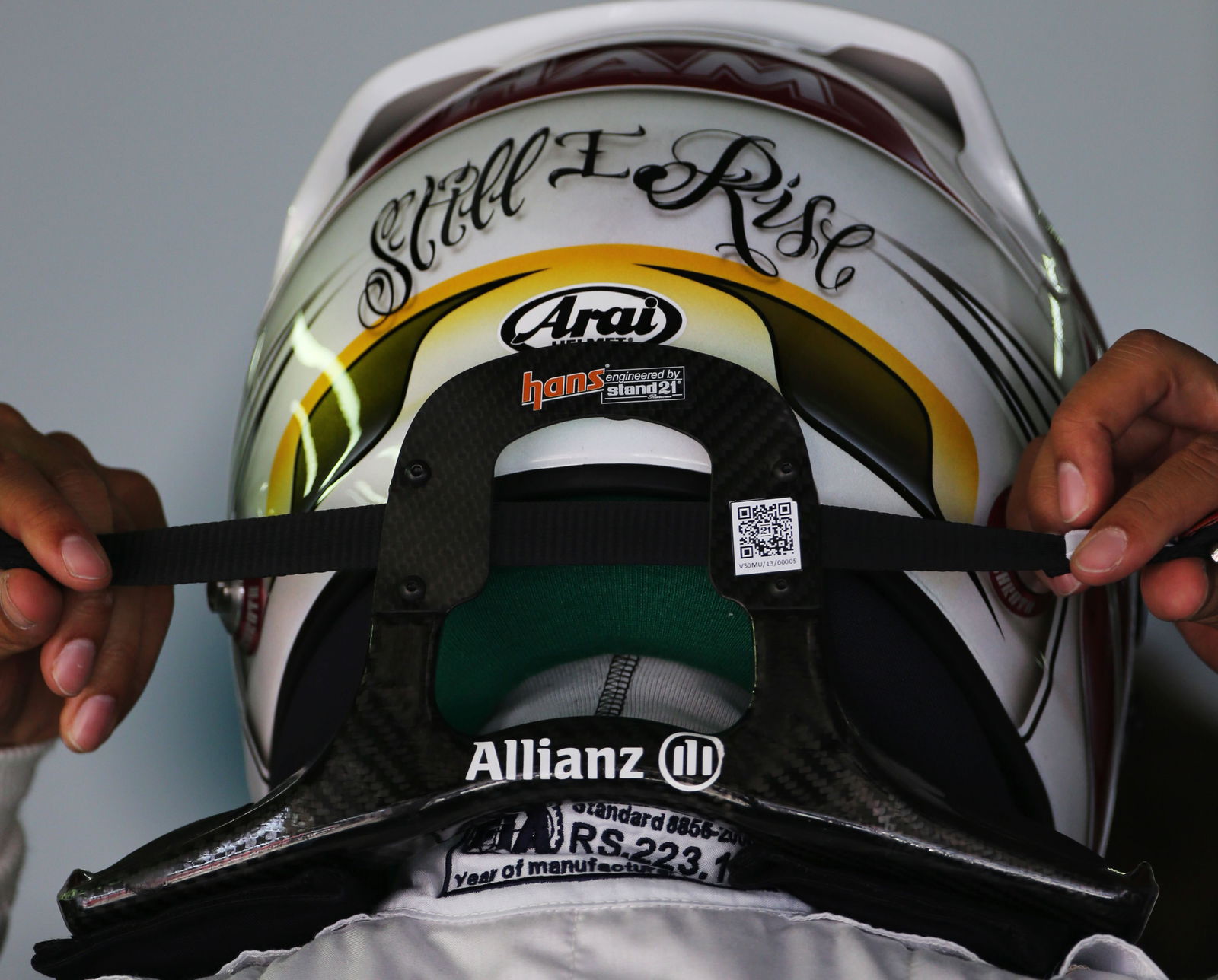
Imola 94’s lasting safety legacy
It’s wrong to say the events of Imola 1994 were the sole catalyst for change as safety standards in F1 were improving up until this point.
Senna and Ratzenberger's deaths led to fundamental changes which are still protecting lives in F1 and motorsport in 2021.
The introduction of the HANS device has helped eradicate the effects of high-energy impacts which lead to injuries such as a basilar skull fracture.
Ratzenberger’s accident led to the increased advancement of the HANS device – Head and Neck Support - which remains an integral part of driver safety equipment during a grand prix today.
The revival of the GPDA allowed for further changes, track modifications and car crash structures were the central focus as F1 upped its safety standards.
It wasn’t until 20 years later where a driver died due to injuries sustained at an F1 weekend as Jules Bianchi’s death in 2015 was a consequence of the injuries he sustained at Suzuka a year earlier.
Again, F1 responded with the Halo cockpit protection device - dubbed as ugly and unpopular among fans initially.
It ultimately serves its purpose of protecting drivers and ensuring modern day fans don’t have to experience what fans, drivers and everyone connected with motorsport had to go through in 1994.
The events of 1994 will forever live in the memory of many as F1's darkest weekend.
